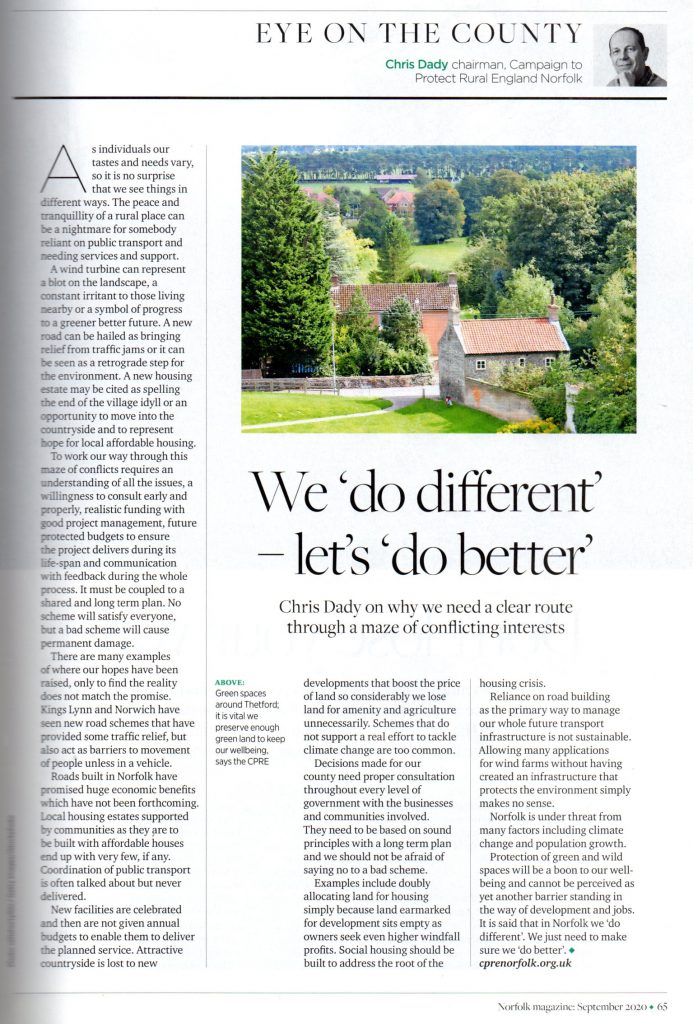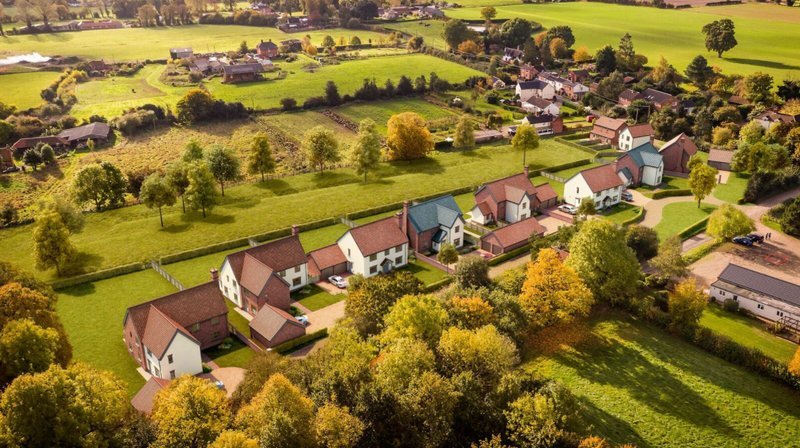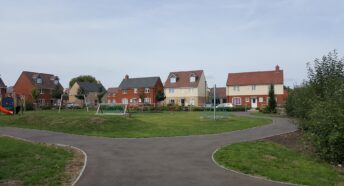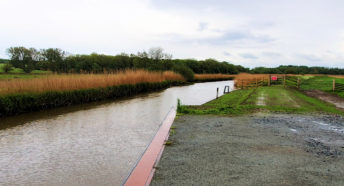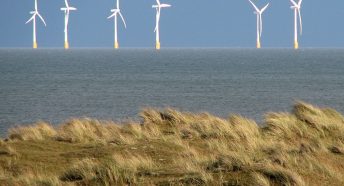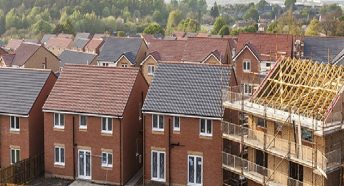Developing Norfolk
We ‘do different’ – let’s ‘do better’. Why we need a clear route through a maze of conflicting interests.
As individuals our tastes and needs vary, so it is no surprise that we see things in different ways. The peace and tranquillity of a rural place can be a nightmare for somebody reliant on public transport and needing services and support. A wind turbine can represent a blot on the landscape, a constant irritant to those living nearby or a symbol of progress to a greener, better future. A new road can be hailed as bringing relief from traffic jams or it can be seen as a retrograde step for the environment. A new housing estate may be cited as spelling the end of the village idyll or an opportunity to move into the countryside and to represent hope for local affordable housing.
To work our way through this maze of conflicts requires an understanding of all the issues, a willingness to consult early and properly, realistic funding with good project management, future protected budgets to ensure the project delivers during its lifespan and communication with feedback during the whole process. It must be coupled to a shared and long-term plan. No scheme will satisfy everyone, but a bad scheme will cause permanent damage.
There are many examples of where our hopes have been raised, only to find the reality does not match the promise. Kings Lynn and Norwich have seen new road schemes that have provided some traffic relief, but also act as barriers to movement of people unless in a vehicle. Roads built in Norfolk have promised huge economic benefits which have not been forthcoming. Local housing estates supported by communities as they are to be built with affordable houses end up with very few, if any. Coordination of public transport is often talked about but never delivered. New facilities are celebrated and then are not given annual budgets to enable them to deliver the planned service. Attractive countryside is lost to new developments that boost the price of land so considerably that we lose land for amenity and agriculture unnecessarily. Schemes that do not support a real effort to tackle to climate change are all too common.
Decisions made for our county need proper consultation throughout every level of government with the businesses and communities involved. They need to be based on sound principles with a long-term plan in place and we should not be afraid of saying no to a bad scheme. Examples include doubly allocating land for housing simply because land earmarked for development sits empty as owners seek even higher windfall profits. Social housing should be built to address the root of the housing crisis. Reliance on road building as the primary way to manage our whole future transport infrastructure is not sustainable. Allowing many applications for wind farms without having created an infrastructure that protects the environment simply makes no sense.
Norfolk is under threat from many factors including climate change and population growth.
Protection of green and wild spaces will be a boon to our wellbeing and cannot be perceived as yet another barrier standing in the way of development and jobs. It is said that in Norfolk we ‘do different’, we just need to make sure we ‘do better’.
This column was published in the September 2020 edition of the Norfolk Magazine.
